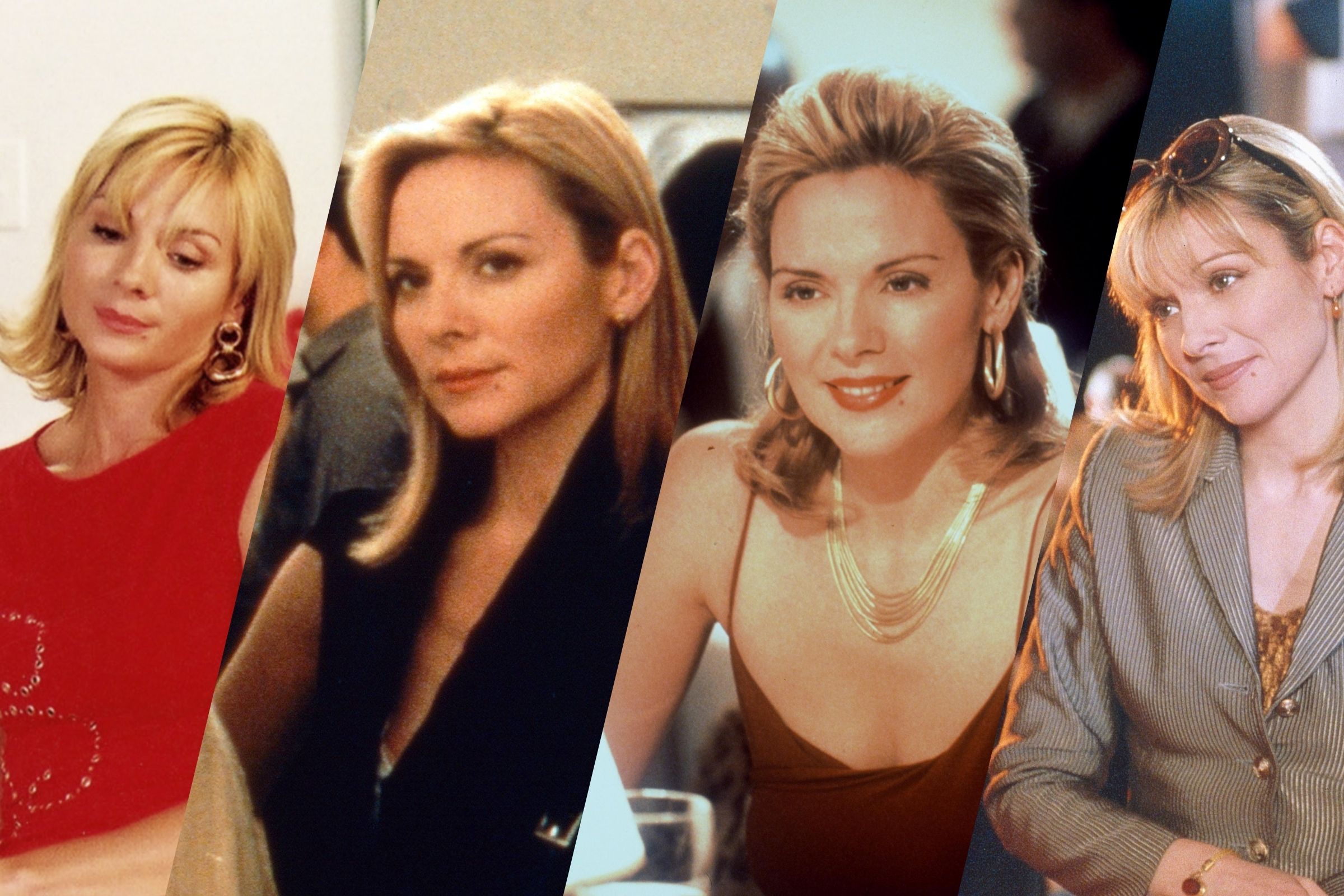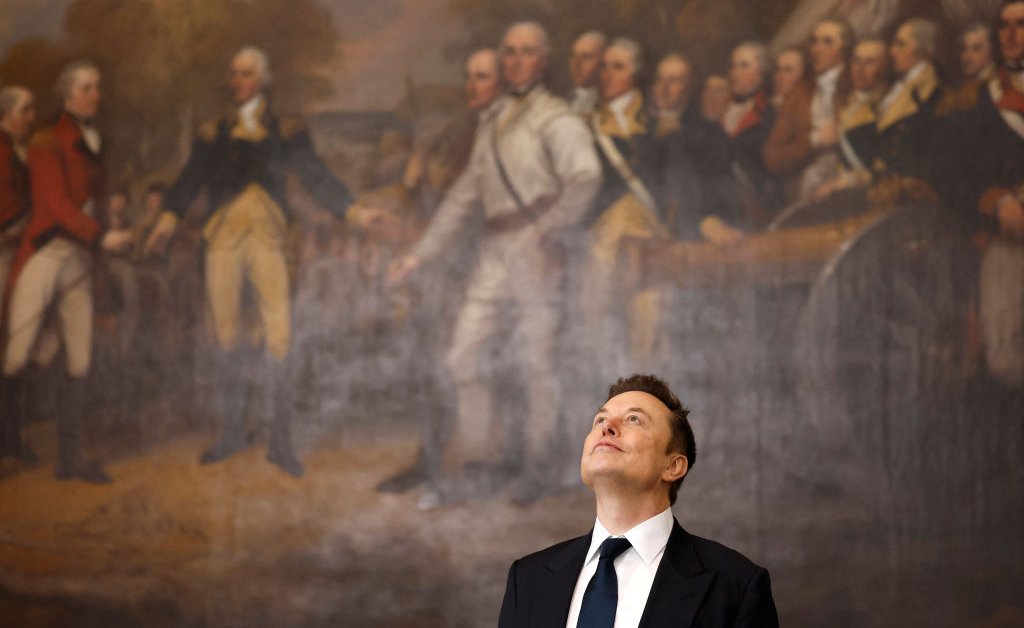
From the mid 90s to early 2000s, bisexual visibility was on the rise. Both Bisexual Pride Day and Celebrate Bisexual Day were created during this boom. But that doesn’t mean that bisexuality became mainstream. In fact, a moral panic was simultaneously taking place, one in which bisexuality was seen as a gateway to homosexuality, a way for young people to get attention, or simply not a real orientation.
[time-brightcove not-tgx=”true”]
In fact, this panic is depicted in an episode of Sex and the City, which aired in 2000, called “Boy, Girl, Boy, Girl…” in which Carrie Bradshaw is conflicted about dating a bisexual man. What would this mean for her own identity? Could she ever be comfortable with knowing that her partner desired not just other women but men, as well? In this episode, Carrie’s friend Samatha Jones states confidently that “the new millennium won’t be about sexual labels. It’ll be about sexual expression. It won’t matter if you’re sleeping with men or women. It’ll be about sleeping with individuals.”
Jones was prescient when she said this. Because, to her (and the writers’ credit), 25 years later, young daters are more open to embracing dating people based on their general attraction, not their gender identity.
Read More: The 10 Most Fabulous Samantha Episodes of Sex and the City
According to new data from Hinge’s D.A.T.E. Report, a third (33%) of LGBTQIA+ and heterosexual daters surveyed said that they had been attracted to someone outside of their preferred gender expression and that this largely had to do with the person’s confidence and energy. Additionally, a 2024 Public Religion Research Institute study found that 28% of Gen Z adults identify as LGBTQIA+. This percentage is much higher than a 2022 Gallup poll that found that 7% of all Americans identify as part of the community. As bisexuality accounts for the majority of the queer population, this new data suggests that we’ve entered the next big wave of bi and pansexual (bi+) visibility.
Bisexuality and pansexuality have often been erased identities, even within the queer community. Wanting to date and have sex with people of different genders can come with a certain amount of skepticism from peers and loved ones. Coming out as bi+ can be met with incredulity and calls to “pick a side”. And while it’s true that bisexuality can sometimes be a bridge between a heterosexual identity and a homosexual one (or vice versa), that’s not always the case. Contrary to the “chaotic” label, bisexuality can be a lifelong, stable sexual identity.
Today, this surge in interest in dating people based on pure attraction is more normalized, partly due to the increased visibility of bisexuality in mainstream media. There were few to no “bi icons” in mainstream media in the 90s to normalize dating across the gender spectrum. Whereas we now have Frank Ocean, Cardi B, Doechii, Hannah Einbinder, Lil Nas X, Janelle Monae, and so many more who have publicly claimed sexual identities that range from bi to pan to defying categorization. They’ve given younger generations multiple models for how bisexuality can look with no apology, no caveat, and no expectation of toning this part of themself down for the benefit of others’ comfort.
Though stereotypes about bisexuals being indecisive or noncommittal still persist today, there is also a movement to embrace these qualities as part of the identity. Bi+ people can be all things, good and bad, and that’s kind of the point. Rather than be forced to conform to a particular mode of queerness, bi+ people have pushed back on one-dimensional characterizations. We’ve seen the 21 year old reality TV star, JoJo Siwa, grapple with her sexuality as it has evolved from lesbian to queer. (Siwa is currently dating a man and has suffered backlash for this after previously identifying as a lesbian. She said recently that “I realize for myself that I just like humans.”) Similarly, the singer Fletcher, whose work has previously centered her relationships with women, revealed that she too is in a relationship with a man. Fletcher, who is a Millenial-Gen Z cusper, is using her new album to share the ever-evolving realities of having attractions to and relationships with people of different genders.
We’ve also seen a tremendous amount of work being done to share the bi+ stories of historical figures who have had their sexualities altered or erased. And social media has been instrumental in spreading these histories to a wide audience. Accounts like Queer Love in History and yesterqueers reveal the real and complicated sexual lives of both famous and everyday people. Bringing these identities forward validates the enduring historical presence of sexual attraction across the gender spectrum.
In the 90s, many feared what the rise in bisexual visibility might portend. For a sexuality that has been consistently misunderstood and maligned, it has also provided proof that sexuality can be unbound from the constraints of gender. What we all get to see now, in this next wave of bi+ visibility, is the everyday realities that people face, the fears they have about defining themselves for a wider audience, and the messiness that can result when you allow your sexuality to evolve and change. Gen Z has seen more clearly how orientation isn’t always fixed, and that has given more of young people permission to follow their desires, no matter who they lead them to.
So, as per usual, Samantha Jones was right: Gen Z is closer to everyone being pansexual than we ever have been before. Or perhaps they’re just the generation brave enough to admit it.








